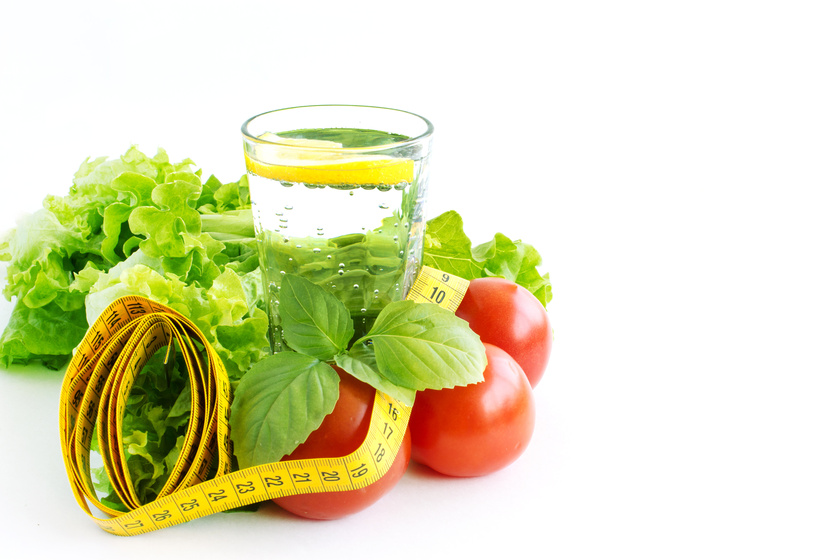You’ve heard it before: you’re only as old as you feel. But what if your body tells you you’re much older than that? What if your belly fat says otherwise? The truth is, many factors contribute to our bodies’ health and weight—all of which change over time. So even though getting rid of belly fat can be challenging for any age group, if you follow these tips to get rid of belly fat and dedicate yourself to sticking with them, there’s no reason losing weight can’t be part of your journey through life!
Start By Calculating How Many Calories You Need To Maintain Your Weight
The first thing to do is calculate your basal metabolic rate (BMR), the number of calories you need to survive. You can find a great calculator online or in any book on nutrition. The important thing is to get an accurate figure, so don’t skimp on this step! You want to ensure that the numbers you come up with are true estimates of what you need each day.
Read Food Labels More Closely When You Shop
When shopping for food, it’s important to read the labels on packaged goods. Here are some tricks to help you avoid hidden sugars and salt:
- Look for foods with no added sugar. For example, if you’re buying yogurt, choose one with “no added sugar” in the ingredients list—ideally, no more than four grams of added sweeteners per serving. And look for sauces or dressings with no added sugars (as opposed to “evaporated cane juice,” which is just another name for refined sugar).
- Avoid foods with too much sodium (or salt) listed as an ingredient. Typically, any amount over 140 milligrams per serving is considered high in sodium; anything over 480 milligrams per serving is very high in sodium. You’ll also want to be aware of sodium levels when reading food labels because consuming too much can cause weight gain and raise your blood pressure and heart disease risk factors.
Eat A Healthy Diet
The other thing to do is to start eating healthier. This means eating more fruits and vegetables, whole grains, lean protein and cutting back on processed foods like white breads and fast food. It also involves avoiding sugary drinks and foods that are high in salt.
Eating plenty of fiber-rich foods such as fruit, vegetables, and whole grains is important because they will make you feel full for longer periods of time so that you will eat less overall during the day. Eating smaller portions also helps control your calorie intake, which helps with weight loss and slowing down digestion which may cause some gas or bloating after meals if you have too much food in your stomach at once (especially if it’s high-calorie items like meat).
Get More Exercise
If you haven’t been exercising, now is the time to start. Exercise helps you lose weight, and it also helps you build muscle. Both of these things can help you burn more calories throughout the day. Exercise helps your body sleep better, too!
Try adding a 30-minute walk every morning before breakfast or thrice weekly for an hour-long workout. You’ll be glad you did when it comes to spring cleaning!
Choose Healthy Fats Over Unhealthy Ones
Healthy fats can be found in fish, nuts, seeds, and olive oil. Unhealthy fats are saturated and trans fats. They’re found in processed foods, red meat, cheese, and butter.
Unhealthy eating habits tend to lead to weight gain because they’re high in sugar and fat—the two things that cause your body to produce excess belly fat. When you eat unhealthy foods regularly, it’s easy for your body to get used to those types of food sources so that it doesn’t have access to any other options except for those same unhealthy options. The more time passes without consuming anything else but unhealthy foods, the more likely it is that your body will reject healthier alternatives out of habit (and lack of practice).
Conclusion
So, there you have it. If you want to lose belly fat when you’re over 60 or any age for that matter, then these are the steps to take. Good luck!







